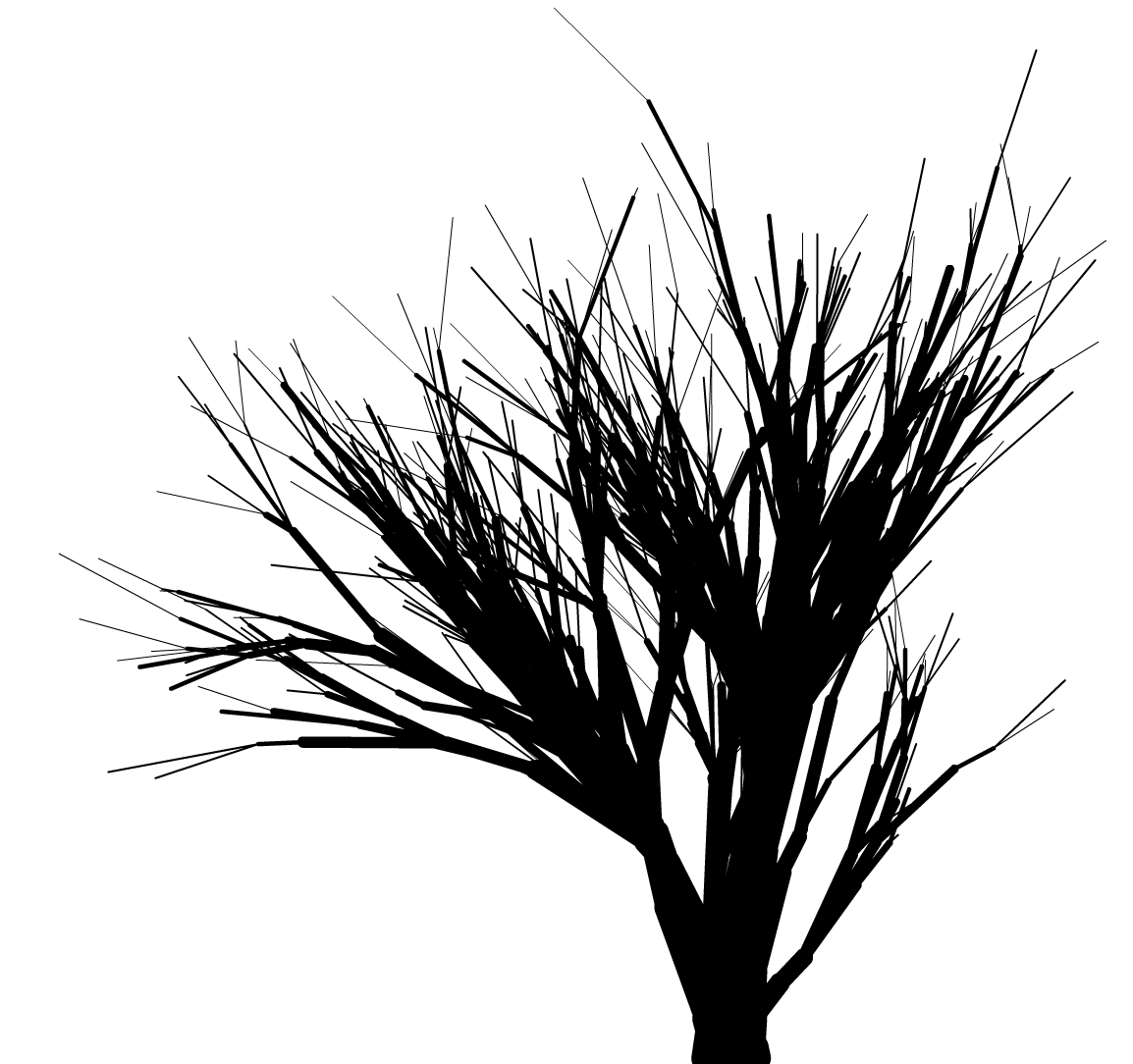
Random Lectures in Geometry
Schedule and Information
Thursday June 18th:
16:00 - 16:45: Ara Basmajian
17:00 - 17:45: Juan Souto
Friday June 19th:
11:30 - 12:15 Robert Young
14:00 - 14:45 Greg McShane
15:30 - 16:15 Jeff Brock
All lectures will take place in lecture room 2.52 (in the Physics building).
Everyone is welcome but please let one of the organizers know if you plan on participating (Hugo Parlier or Stefan Wenger).
There will be a dinner on Thursday night.
Titles and Abstracts:
Ara Basmajian: Arcs, orthogeodesics, and deformation spaces
Let X be a compact hyperbolic surface with either geodesic or horocyclic boundary. The homotopy class (rel the boundary) of a non-trivial arc from the boundary to itself can be realized by an orthogeodesic - a geodesic segment perpendicular to the boundary at its initial and terminal points. This talk is about a special subclass of orthogeodesics called primitive orthogeodesics. In work with Hugo Parlier and Ser Peow Tan we show that the primitive orthogeodesics arise naturally in the study of maximal immersed pairs of pants in X and are intimately connected to regions of X in the complement of the natural collars. These considerations lead to continuous families of equations (so called identities) that remain constant on the deformation space of hyperbolic structures.
Juan Souto: Counting geodesics in the punctured torus
Let C be a, possibly non-simple, closed geodesic in a
hyperbolic punctured torus X and let n_C(L) be the number of
geodesics in X in the mapping class group orbit of C and of
length at most L. I will prove that the limit when L tends to infinity
of n_C(L)/L^2 exists and that in fact, the ratio between any
two such limits for different choices of C is independent of X.
This is joint work with Viveka Erlandsson.
Robert Young: Filling multiples of embedded curves
Filling a curve with an oriented surface can sometimes be
"cheaper by the dozen". For example, L. C. Young constructed a smooth
curve drawn on a projective plane in R^n which is only about 1.5 times
as hard to fill twice as it is to fill once and asked whether this
ratio can be bounded below. We will use methods from geometric measure
theory to answer this question and pose some open questions about
systolic inequalities for surfaces embedded in R^n.
Greg McShane: Renormalized volume and the double limit theorem
Schlenker and Krasnov have established a remarkable Schlaffli-type formula for the (renormalized) volume of a quasi-Fuchsian manifold. Using this, classical results in complex analysis and convergence in Thurston's Double Limit Theorem one obtains explicit upper bounds for the volume of a mapping torus in terms of the translation distance of the monodromy on Teichmueller space.
We will explain Brock-Bromberg's approach to the double limit theorem and in particular the "coarse geometry" of the convex core of a quasi fuchsian manifold.
Jeff Brock: On the geometry of random Heegaard splittings
Using random walks on the mapping class group, Dunfield and Thurston defined a notion of 'random Heegaard splittings' in an effort to understand the likelihood of Thurston's 'virtual fiber conjecture'. In this talk I'll discuss a proof of their conjectured almost sure hyperbolicity and linear volume growth with respect to word-length of a random Heegaard splitting. This is joint work with Igor Rivin and Juan Souto.
Back to main page



